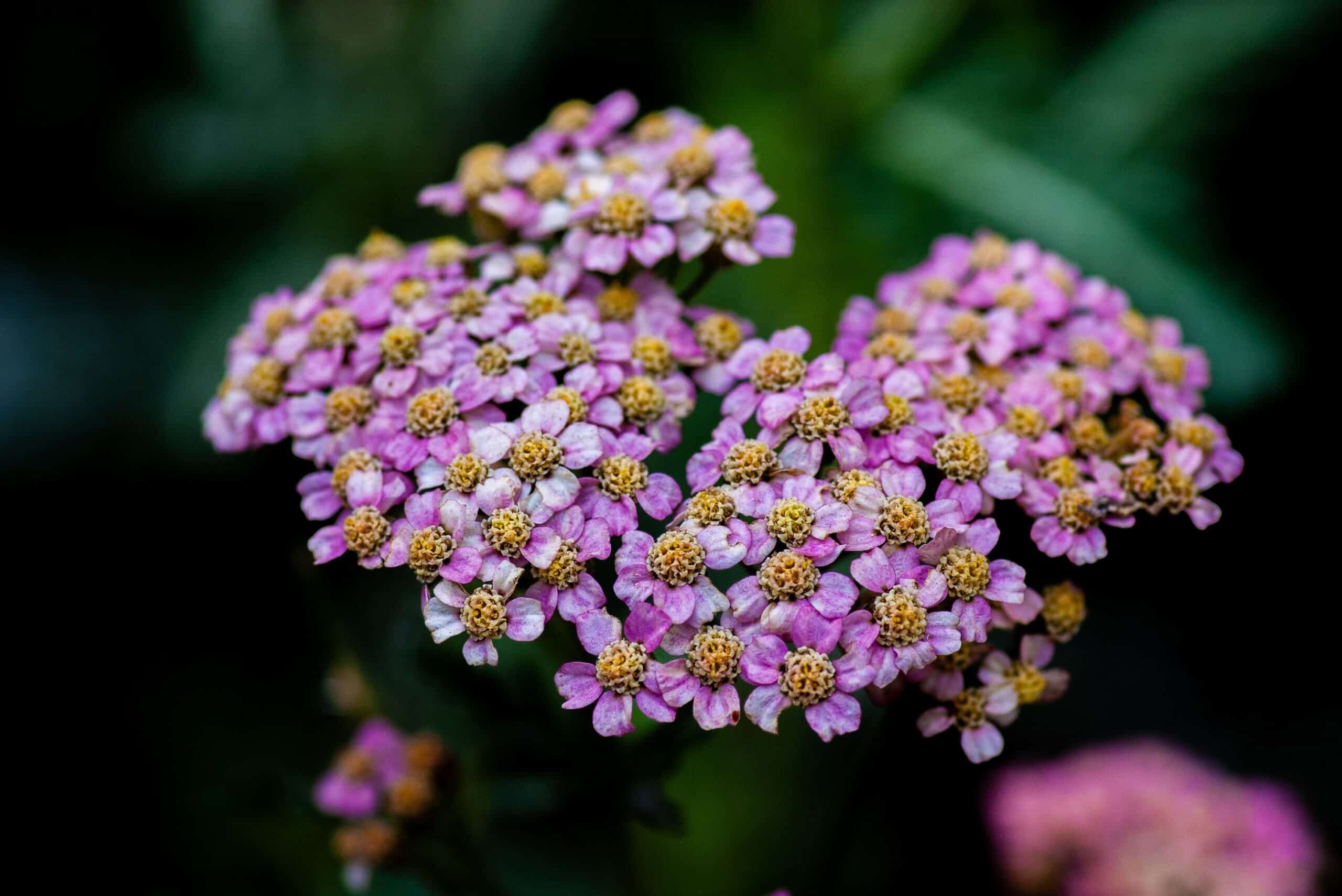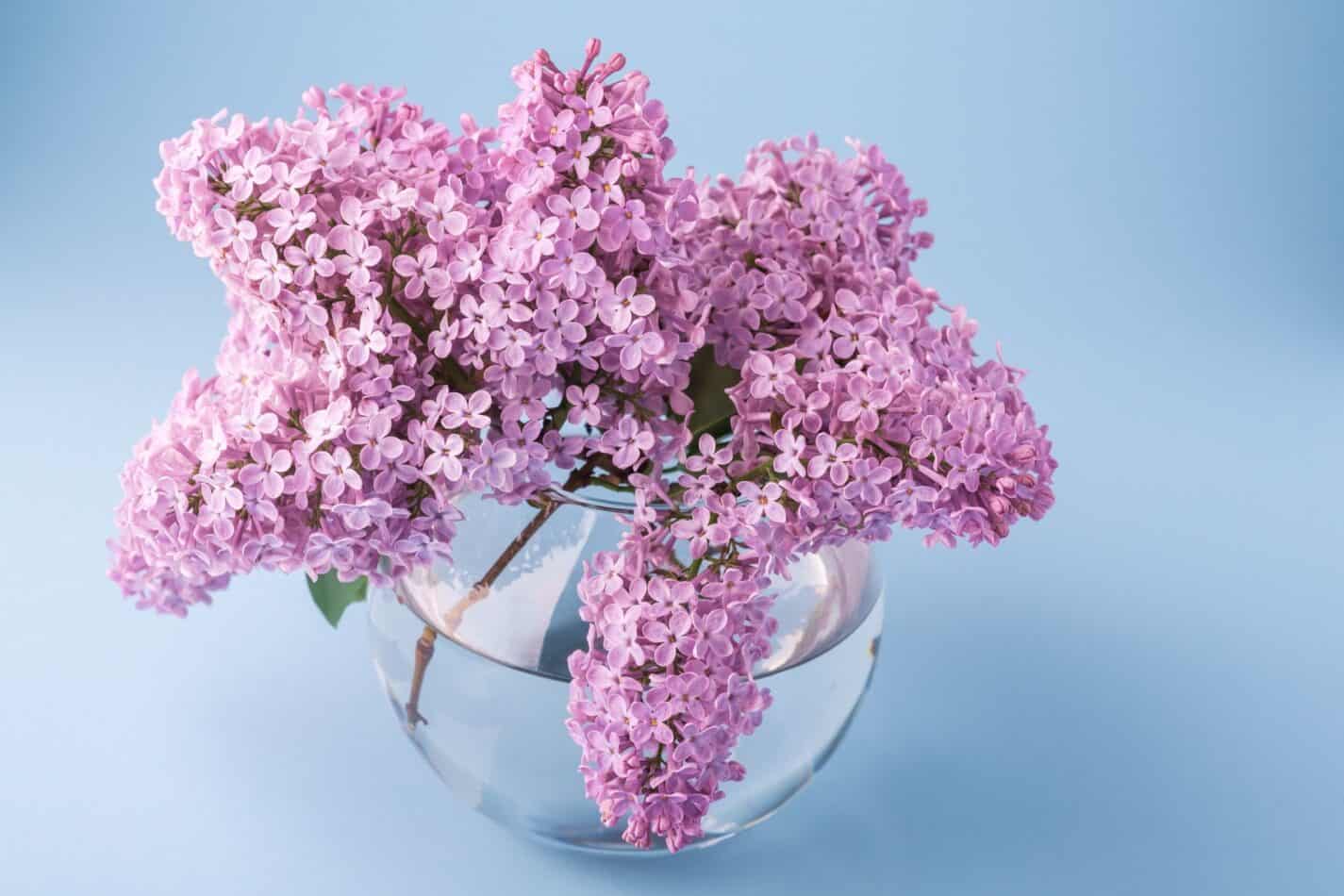White Dipladenia and Mandevilla Boliviensis are two exotic vines native to Bolivia, popular in gardens around the world. Both types of plants provide a tropical touch to any outdoor space. Both species of plant produce sprays of 7 funnel-shaped flowers which have orange throats and sit against shiny dark green leaves. White Dipladenia grows up to 4 feet tall and Mandevilla Boliviensis grows up to 10 feet tall.
Etymology
The genus Mandevilla was named by the French botanist Pierre Goyer d’Aubigny in honour of his friend Henry Mandeville, who was the British ambassador in Portugal from 1792 to 1794. The specific epithet, boliviensis, is derived from the Latin for Bolivia, where the plant is native. The genus Dipladenia is derived from “diploos” referring to the two-lobed calyx.
Meaning and Symbolism
White Dipladenia and Mandevilla Boliviensis are often thought to symbolize beauty, love, courage and strength. They are also associated with the spiritual properties of life and joy. Their white, funnel-shaped flowers and orange throat also represent life, strength, and energy. In some interpretations, the orange throats represent compassion, while the white flowers improve communication.
History, Mythology, and Religious Significance
White Dipladenia and Mandevilla Boliviensis have been used for centuries for spiritual, medicinal and culinary purposes. The Inca and Maya used them for religious ceremonies and for healing wounds with the sap of the plant. In modern times, the plant is still considered spiritually and medicinally important. For example, in Mexico and Guatemala, the sap is still used to heal wounds.
Flower Varieties and Their Defining Characteristics
The most popular variety of White Dipladenia is Dianthus X White Dipladenia, also known as ‘White Dipladenia Rosepetals’. This variety of White Dipladenia produces white, funnel-shaped flowers that have a pinkish, orange center. The plant can reach up to 4 feet tall and thrives in full sun and partial shade. The flowers are highly fragranced and the plant prefers moist, well-drained soil.
Mandevilla Boliviensis is a tropical vine native to Bolivia and comes in a variety of colors such as pink, yellow and white. This variety has shiny dark green, oval-shaped leaves and grows up to 10 feet tall. Mandevilla Boliviensis blooms throughout the summer and produces sprays of up to 7 funnel-shaped flowers that have orange throats. The plant prefers full sun and will do best in well-drained soil.
How To Plant and Grow
White Dipladenia and Mandevilla Boliviensis are both easy to grow and can be planted in either indoor or outdoor gardens. They both prefer full sun, and will do best in well-draining soil that has a slightly acidic pH. When planting, make sure to space the plants so that they have enough space to spread and grow. Both types of plants need regular watering during the growing season and will benefit from fertilizer once per season.
How To Pot and Repot
Both White Dipladenia and Mandevilla Boliviensis should be re-potted at least once a season, during the springtime. When re-potting, choose a pot with good drainage and adequate room for the root ball. When transferring the plants, trim off any dead or discolored roots, then fill the pot with potting soil. Once the pots are filled, water the plants deeply and gently press the soil around the base of the plant. It is also important to mist the leaves to help prevent disease.
How To Prune
Pruning is a great way to maintain your White Dipladenia and Mandevilla Boliviensis. Pruning can help keep plants healthy, encourage larger blooms and ultimately, keep them looking their best. Pruning should take place in early spring. For White Dipladenia, make sure to snip away any dead or damaged branches and for Mandevilla Boliviensis prune at least one-third of its stem length to encourage new growth. Be sure not to remove more than one-third of the stem length as this can cause damage to the plant.
How To Propagate
White Dipladenia and Mandevilla Boliviensis can be propagated from cuttings. The best time for propagating is in late summer to early fall. To take a cutting, select a stem with several leaves and snip it two to three inches below a node or leaf. Next, remove the leaves and dip the stem into rooting hormone. Finally, place the stem in a rooting medium, such as sand or peat, and water it regularly. Make sure to keep the rooting medium moist and shaded until the new growth has started.
Common Pests and Diseases
White Dipladenia and Mandevilla Boliviensis can fall prey to a wide range of pests and diseases. The most common pests include aphids, mealy bugs, whiteflies, and thrips. Common diseases include fungal and bacterial diseases such as leaf spot and root rot. To prevent and treat pests and diseases, it is important to only water from below, as wet leaves can attract pests. Keeping the area free from debris can also help to reduce the risk of pests and diseases. If an infestation does occur, it is best to remove the affected plants and use an insecticide or fungicide to treat the remaining plants.
Three Frequently Asked Questions about Mandevilla Boliviensis
1. What kind of climate does Mandevilla Boliviensis need?
Mandevilla Boliviensis needs a warm climate and prefers temperatures between 60-85°F (16-29°C). Keep in mind that if the temperature drops below 40°F (3°C) it can cause damage to the plant.
2. How much sunlight does Mandevilla Boliviensis need?
Mandevilla Boliviensis thrives in full sun and will need at least 6 hours of direct sunlight a day. If it is planted outdoors, it is best to avoid planting in areas that get too much direct sun.
3. How often should I water Mandevilla Boliviensis?
Mandevilla Boliviensis should be watered regularly during the growing season, usually once every 5-7 days. During the winter, you can reduce the amount of water as the plant will enter a semi-dormant state. Make sure to always check the soil before watering to see if it is dry.
Table Fact Sheet
| White Dipladenia | Mandevilla Boliviensis |
|---|---|
| Family | Family Apocynaceae |
| Plant Type | Perennial, evergreen |
| Mature Size | Up to 4 feet tall |
| Sun Exposure | Full sun, partial shade |
| Soil Type | Moist, well-drained soil |
| Soil pH | slightly acidic (6.1-7.0) |
| Bloom Time | Summer |
| Flower Color | White, pink, yellow |
| Hardiness Zones | 10-11 |
| Native Area | Bolivia |
What we love from Amazon this week
Buy these wonderful flowers directly from Amazon:















